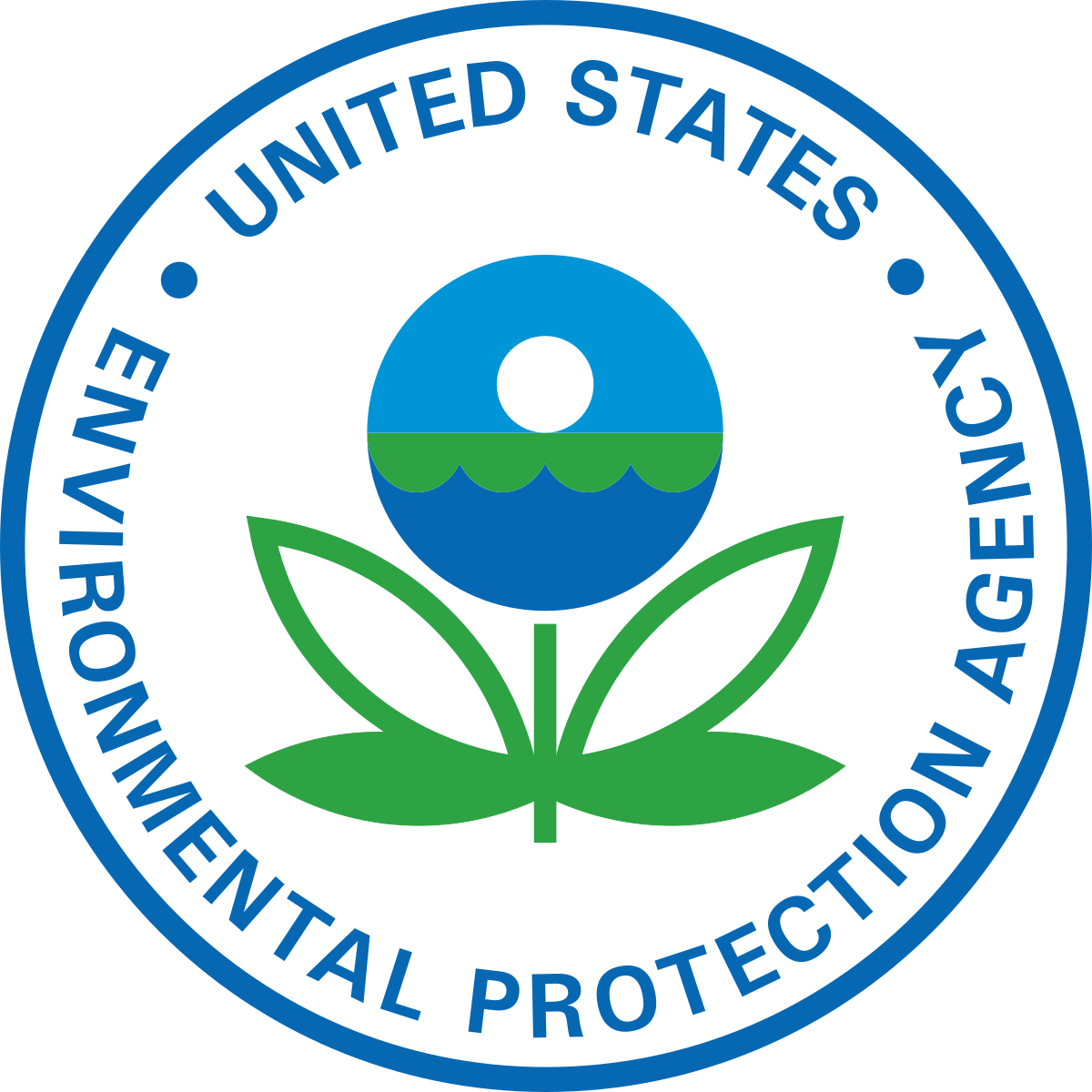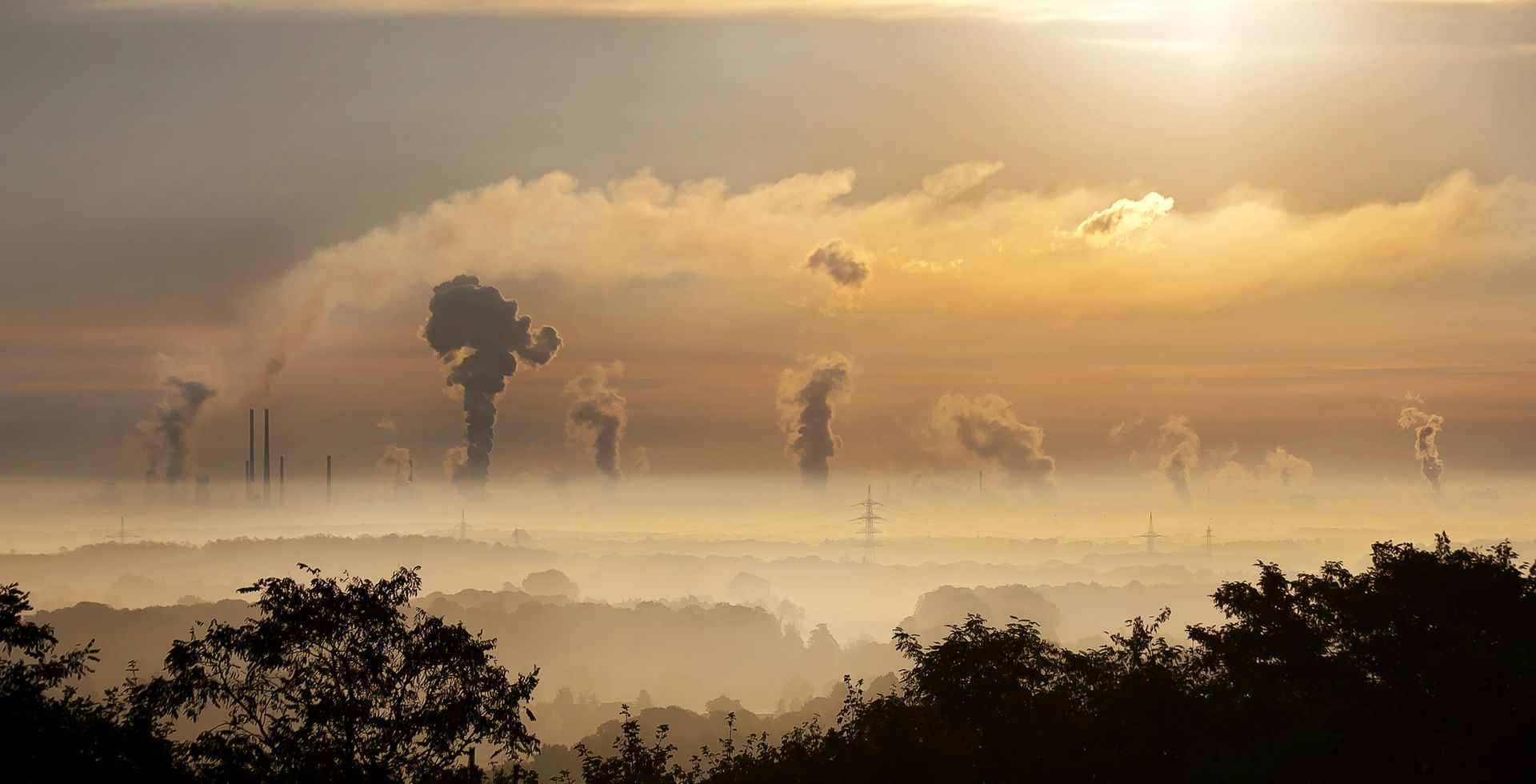Urgent action to cut methane emissions from fossil fuel operations essential to achieve global climate targets
Decisive, far-reaching efforts to cut methane emissions from fossil fuel production and use must go hand-in-hand with decarbonization of energy systems to limit global warming to 1.5 °C, according to a new report by the International Energy Agency (IEA) in partnership with the United Nations Environment Programme (UNEP) and the UNEP-convened Climate and Clean Air Coalition (CCAC).
The Imperative of Cutting Methane from Fossil Fuels, released today, builds on findings from the IEA’s recently updated net zero pathway to limit global warming to 1.5 °C. It shows that while a drop in fossil fuel demand would cut methane emissions, these reductions by themselves would not occur fast enough to meet the world’s climate goals. Additional targeted actions to tackle methane emissions from fossil fuel production and use – such as by eliminating routine venting and flaring and repairing leaks – are essential to limit warming to 1.5 °C and reduce the risk of crossing irreversible climate tipping points.
The new report finds that rapid cuts in methane emissions from fossil fuels could avoid up to 0.1 °C in global temperature rise by mid-century – greater than the emissions impact of immediately taking all cars and trucks in the world off the road.
As methane emissions lead to ground-level ozone pollution, immediate action would also deliver public health, food security and economic benefits. Based on modelling of the UNEP/CCAC Global Methane Assessment published in 2021 – which, for the first time, assessed and integrated the climate and air pollution costs and benefits from methane mitigation – methane action would prevent nearly 1 million premature deaths due to ozone exposure, 90 million tonnes of crop losses due to ozone and climate changes, and about 85 billion hours of lost labour due to extreme heat by 2050. This would generate roughly USD 260 billion in direct economic benefits through 2050. The Global Methane Assessment formed the scientific underpinning of the Global Methane Pledge (GMP) by illustrating that there are readily available measures to achieve its goals.
The report was launched at MENA Climate Week 2023, a forum for leaders to discuss climate and energy issues in the Middle East and North Africa during the Global Stocktake process. This process will culminate at the UN’s Climate Change Conference (COP28) in Dubai.
Methane is a powerful greenhouse gas responsible for around 30% of the rise in global temperatures since the Industrial Revolution; it is the second largest contributor to global warming after CO2. More than half of global emissions stem from human activities in three sectors: agriculture, waste and fossil fuels.
Under current trajectories, total methane emissions from human activities could rise by up to 13% between 2020 and 2030. In a scenario that limits warming to 1.5 °C, they need to fall by 30% to 60% over this timeframe. Cuts in methane emissions from fossil fuel operations will likely need to provide around half of this reduction.
More than three-quarters of methane emissions from oil and gas operations and half of emissions from coal can be abated with existing technology, often at low cost.
Tackling methane emissions is one of the most cost-effective ways to reduce greenhouse gas emissions. Around USD 75 billion in spending is required to 2030 to deploy all methane abatement measures in the oil and gas sector in the IEA’s net zero scenario, the report finds. This is equivalent to less than 2% of the income generated by the oil and gas industry in 2022.









